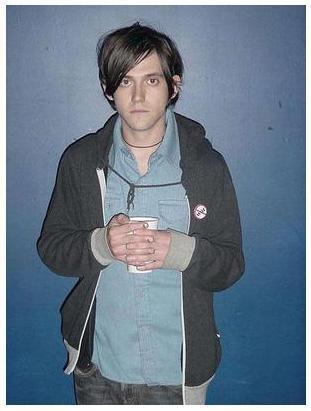Jean Baudrillard
Jean Baudrillard, the French Sociologist and Philosopher, dictates that art and reality have become entirely separate to the point where the genealogy between them is totally disconnected. He does however suggest that this disconnection is traceable through 4 distinct steps, each an important turning point in reality's descent to the 'universal simulacrum' (a phrase I don't entirely agree with, but i'll get to that later).
The first step is a 'reflection of a basic reality', a literal and true portrayal of a subject [reality]. The second is an entirely new and standalone subject, that 'masks and perverts' the aforementioned basic reality. A deceptive reality, with an absence of any true [real] subject comes third, before the fourth and final phase where the subject bears "no relation to any reality whatsoever", falling into 'it's own pure simulacrum'.
Baudrillard states that at this point reality is redundant and the images fall into a 'hyper-reality', losing all connection between the image and what it originally signified.
Here's a visual representation of these four steps, using my own face (you lucky people).
For those unaware of what exactly a simulacrum (plural: simulacra) is, you may already be familiar with the meaning just unfamiliar with the terminology (I didn't know the word even existed until this study).
In Latin, the word Simulacrum translates to 'similarity' or 'likeness' and when originally used in the 16th century it referred to a representation, commonly of a God or deity and generally in the form of a painting or sculpture (be it a statue, effigy or figurine). Think 'simulation'.
The evolution of the original meaning towards the one employed by Baudrillard is easy to follow through philosophical history. The fact that within the field of Philosophy, and in general, there are multiple definitions and views of simulacra, made me question the idea of what a 'universal simulacrum' is and whether its existence is even possible.
Plato
In one of Plato's dialogues, Sophist, he references two types of imagery, preceding and offering an alternative to Baudrillard's 4 step model. The first is a genuine and accurate reproduction with the intention of producing a realistic copy of reality. The second is purposely distorted so that it appears accurate to the onlooker. To explain and expand on this second form of imagery, Plato uses the example of Greek statues which were at times made larger and technically anatomically disproportionate on their top half so that when viewed from standing appear to be correct and in proportion. This is a form of simulacrum, but one which is dissimilar to Baudrillard's representation.
Nietzsche also refers to simulacra, albeit conceptually, in "The Twilight of the Idols" without employing the explicit terminology. He does so by suggesting that most philosophers choose (be it consciously or not) to become too encapsulated in the human constructs of language and reason and disregard the reliability of their own senses. Because of this, they place themselves in a distorted version, a simulacrum if you will, of true reality.
So as you can see, Baudrillard's idea of a 'hyper-reality' as the final form of simulacra is not one that is 'universally' shared, and thus should not be described as such.
But I digress.













